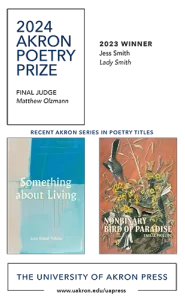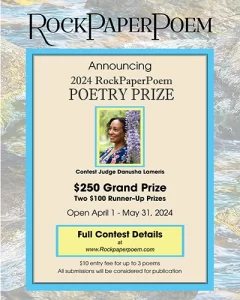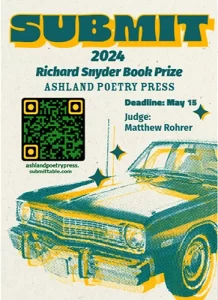Tampa Review – 2011
Number 42
2011
Biannual
Mary Florio
Tampa Review is a literary magazine published with glossy pages and hardcover binding. Elegant, but not exclusive, connections to the Tampa Bay region in Florida emerge. You can hear the brackish river boiling up in the valley in some of the poems, and taste the mist of the Gulf of Mexico estuary in some of the raw fiction. As for presentation, as the old joke goes about Playboy, “I read it for the articles,” but found the art to reflect a certain careful sensibility, an allegiance to the editorial insofar that there was a basic realism bearing with it the promise of extended interpretation.
Tampa Review is a literary magazine published with glossy pages and hardcover binding. Elegant, but not exclusive, connections to the Tampa Bay region in Florida emerge. You can hear the brackish river boiling up in the valley in some of the poems, and taste the mist of the Gulf of Mexico estuary in some of the raw fiction. As for presentation, as the old joke goes about Playboy, “I read it for the articles,” but found the art to reflect a certain careful sensibility, an allegiance to the editorial insofar that there was a basic realism bearing with it the promise of extended interpretation.
When I read the short fiction piece, “The Suit,” by Steve Cushman, I cried. It exuded hope against loss and a love that simply crushes it—a passionate moment against the storms of cancer.
When I read “Karaoke Night at the Corazon Disco Lounge,” a short fiction by Kathy Flann, I marveled at the writer’s ability to meld disparate spirits while telling a “post-love love story” with a powerful conclusion in the gentlest of words and most relentless of philosophy. In Edmund de Chasca’s “An Act of Faith,” which detailed the flagging faith of a protagonist religious sister in crisis, I really wanted to know how the author achieved that insight and captured a life so clearly when such a particular sentiment is atypically explored. There is a subversive genius to many of the pieces—pageants of unexpected insight that characterize the volume.
I was fascinated by Diane Wakoski’s elucidation in “Persephone’s Soliloquy: I Watched You Sleeping, Blue Flowers.” Her three paragraph note on the poem provided insight and context that I loved, but to marry considerable explanation (the word count of the explanation exceeds the word count of the stanzas) with the poem strikes me as devilishly experimental.
While I know that certain poets have chosen to use considerable identifiers in their work, Wakoski remembers her Berkeley professor Thom Gunn, Black Mountain poetics, and an elusive reference to blue flowers in a mythological re-setting. It is not clear that she is clarifying or providing necessary clues or keys—she’s just telling a story along with the poem, like BB King narrating histories between songs in a performance. I love the departure from common form of DIY analysis.
Heather Sappenfield won the journal’s fiction prize for a story that opens the issue. “Indian Prayer” tells the story of a sacred tradition of commemorating loss in the context of the impact of divorce on a young family. Sappenfield navigates this emotional terrain well, sweeping past the potential for sentimentality while hitting the emotional travails right out of the park. I’ve noticed a trend in children’s voices to maintain simplicity at the expense of virtuosity in terms of expression, but this story requires a child’s crucible, and it is moving.
For the nonfiction, I dare you to read the essays without differentiating what is nonfiction and what is fiction—the genre is not identified as such on the page or segregated, although you can check your answers in the table of contents or the back jacket cover. I have to spoil the analysis by pointing out that Caroline Sutton’s essay “Slippery as a Salamander, Shifty as Light,” that is funny, tough and brave—brave not in the disclosure alone, but in her method of memoir. The narrative is as slippery as a salamander as she sketches out a hard-won life philosophy, a theoretical coming of age. The mood shines through the narration with a self-referenced irony, the language appropriately shifty as light—like looking with Proust’s eyes through Hunter S. Thompson sunglasses:
I spent most of college trying to figure out whether the “thing” out there existed at all, or relied on my perception of it, which resulted in a sort of artsy pomposity . . . Then I found out it had to do with belief, or maybe sex.
Sutton cuts through place and time and all of the props we enlist as writers to ground our reader, dispensing with everything but the sturdy chain of ideas, achieving an autobiography of life philosophy, a methodology of thought.
When I read, it is with pen in hand, to excavate the best phrases and expressions for use in the review. By the seventh page, the journal was awash in blue ink—the language used is clearly an object of editorial evaluation. As I read, I discovered that there were too many good lines, too many compelling stanzas to try and highlight them all.
[tampareview.ut.edu]




